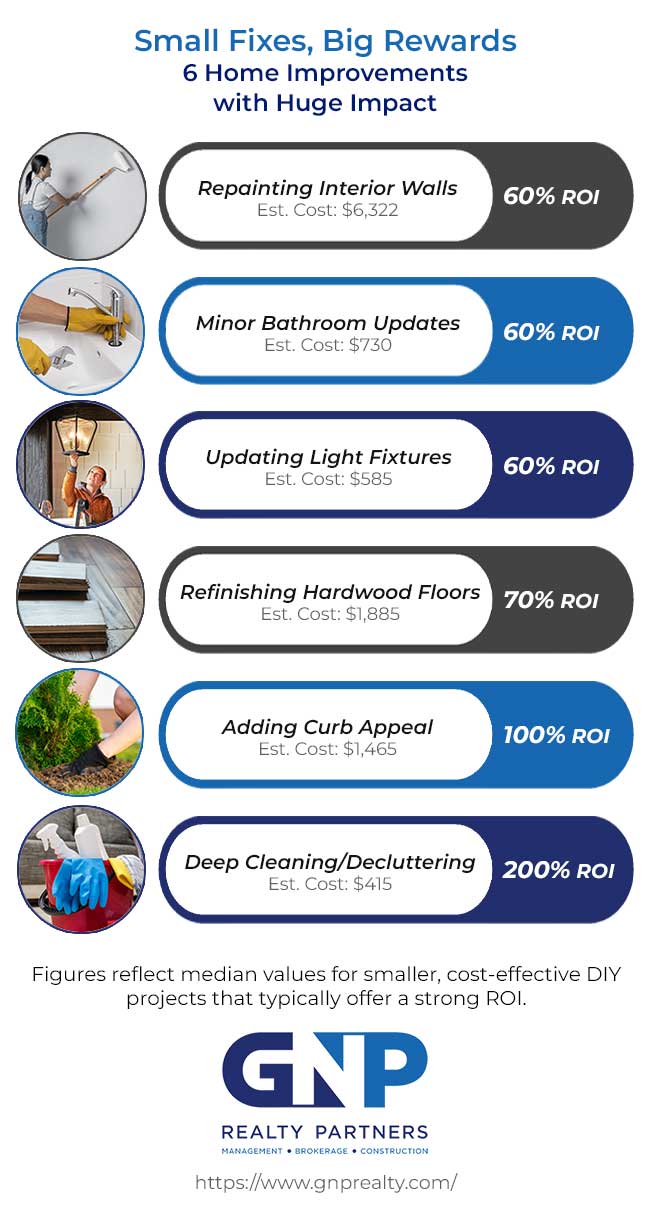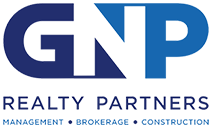A rental property to-do checklist for first-time landlords

The single-family rental market is hot. Realtor.com’s chief economist, Danielle Hale, projects rent price growth will likely remain elevated well into 2023. Based on the consumer price index, the Federal Reserve Bank of Dallas forecasts that year-over-year rental price growth will rise from 5.8%, as of June 2022, to 8.4% as of May 2023.
Many remote employees have moved from where their employer is based but are not ready to sell, if for no other reason than they may have to return to the office someday. Until then, renting their home is a great option to cover a mortgage and earn some passive income.
Want to learn more about Property Management?
Request Information | or Call Us at 312-329-8400
Preparing a home for rent involves many steps for a successful and legal rental. Hiring a property management company may be your best bet. A full-service residential management firm can prepare your home for rent—market and screen tenants, prepare a lease that protects you, determine and collect rent, manage ongoing maintenance and—when needed—initiate evictions. For those who prefer the do-it-yourself route, here’s a checklist to help you prepare your home to rent.
1. Know the landlord laws in your area.
As a landlord, you must abide by tenant rights laws, local zoning and building codes, and state and federal laws that govern residential property rentals, including adherence to the Fair Housing Act. Your rental application, tenant screening process and rental agreements must comply with these laws. Research the property rental laws in your area and obtain all necessary licenses and inspections before advertising for a tenant.
2. Inspect your property.
Do a top-to-bottom review of your property with a critical eye. New wallpaper or a fresh coat of paint will brighten up a room and give it a fresh new look. Fix anything that needs repair. Check for loose knobs or towel racks, wobbly stair banisters, doors that don’t close properly, tears in screen doors, tiles needing replacing—all the little things you likely no longer notice.
3. Check all appliances and systems.
Engage a certified professional to inspect your home—inside and out. An inspection will uncover issues with household systems and external features, such as the roof, gutters, garage door opener, etc., letting you address the issues that might deter a renter.
The smaller, DIY home improvement projects outlined below can offer a big return on investment.

Minus an inspection, hire professionals to check your HVAC and install new filters, the plumbing for any leaks and electrical to confirm all wall switches and outlets are functioning correctly. (Install new light bulbs to brighten up your home.) Also, check that all major appliances are working. Is anything nearing the end of its life cycle? A call from a tenant about a non-functioning refrigerator will never come at a convenient time. Plus, new appliances are a big attraction to renters.
4. Clean, clean, clean.
A dirty home is a huge turnoff to a prospective renter. If you’re a pet owner, remember that not everyone is a fan and won’t appreciate Fido’s hair. Consider hiring a professional cleaner who can undertake deep cleaning—shampoo and steam-clean rugs and hardwood floors—to give your home a fresh look and smell. If you’re not planning to paint, spot clean and wipe down high-traffic areas, e.g., entryways, kitchen backsplashes, etc. Clean windows (inside and out) along with blinds and any draperies.
5. Spray for pests.
The slightest evidence of a pest problem (think mouse droppings, insect carcasses) can be an immediate “no-go” to a prospective renter. If you have a history of insects or rodents in your house (even if limited to the fall after that first cold snap), bring in a pest control company to spray for pests. Consider a contract for periodic treatments to keep tenants happy and your home pest-free.
6. Assess the property for safety concerns and check your insurance.
Ensure you have the required smoke and CO2 detectors. Install fresh batteries. Check to ensure all door and window locks are working. If the home has any structural features that could be hazardous, e.g., a loose stairway handrail, shore up these features to minimize your risk and ensure tenant safety. Talk with an insurance agent about landlord insurance. Your homeowner’s policy is not sufficient if you become a landlord. A good policy will cover property (damage) and liability (if a tenant gets hurt).
7. Remove all clutter and any valuables.
This step applies mainly to those renting their home as a furnished (or partially furnished) property. Decluttering will make your home more appealing to a prospective tenant (who wants to envision it as their home), so remove all personal photos and mementos. Also, remove any furnishing, artwork or contents you’re not willing to have damaged or stolen.
This checklist of steps to prepare your home to rent is not comprehensive, but it’s an excellent place to start—especially if you’re a first-time landlord. While the heavy lifting of preparing your home to rent may be at the front end, there are pros and cons to being a landlord. Consider these carefully and assess your ability and willingness to take on this responsibility.
In today’s hot rental market, you will likely find the cost of hiring a property manager is more than offset by rental income. Further, it will relieve you of the burden of dealing with the issues of having a tenant and a property that needs regular attention. Contact our residential property management team to discuss how we might assist you as a landlord.








